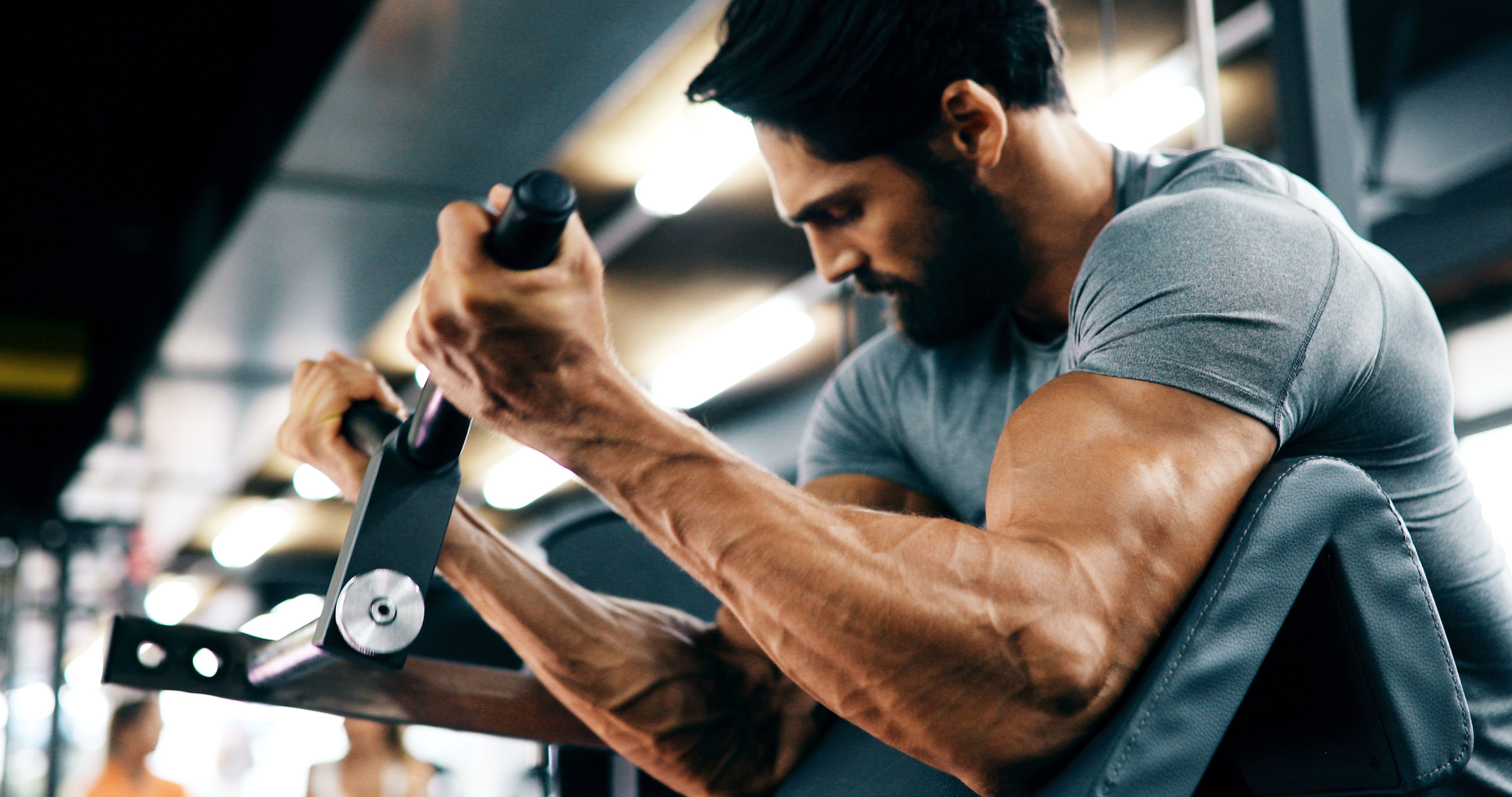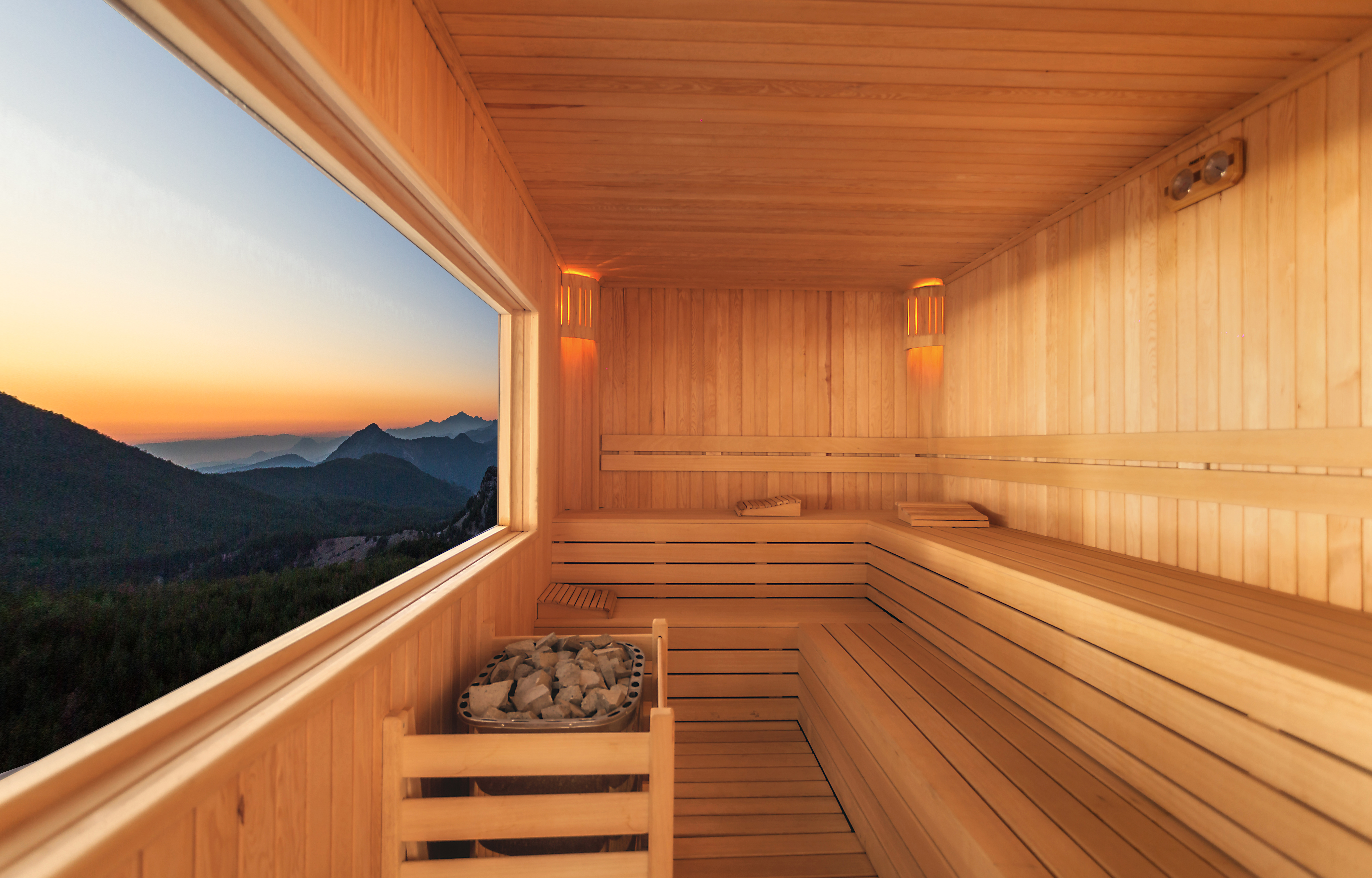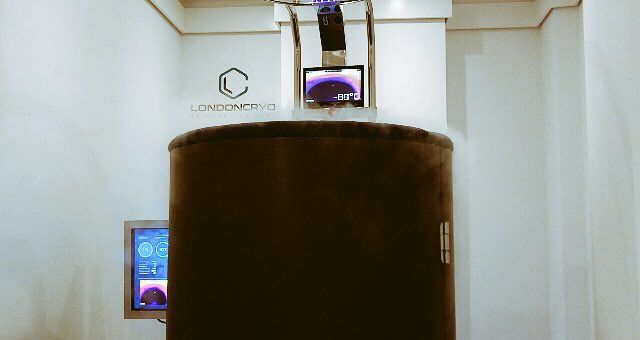Post-workout recovery is what really delivers results
Contrary to what you may think, muscle isn’t actually ‘built’ in the gym. Muscle tissue is broken down in the weights room, as resistance training tears and stresses muscle fibres. Only in your recovery will you lay the grounds for growth.
Sports such as football and rugby use every trick in the book to try and get one step ahead in their recovery from a workout. Cryotherapy and ice baths are two particular favourites in team sport, but which is better?
JOE spoke to Dr. Leon Creaney, a consultant in Sport and Exercise Medicine at The Manchester Institute of Health & Performance (MIHP).
JOE: Could you explain what is meant by cryotherapy and ice baths?
Dr. Creaney: “We use the term ‘cold water immersion’ when we talk about ice baths.
“Whole body cryotherapy involves standing in a cryotherapy chamber, with temperatures as low as -140C.”
What are are the benefits of both?
Proponents of cryo and ice bath therapy claim the two provide many benefits.
“Some argue there are improvements in DOMS (delayed-onset muscle soreness), muscle damage, muscle pain, muscle power/strength and recovery.”
Discussing what the scientific evidence suggests, Dr. Creaney said:
“A 2012 study by Leeder discovered that cold water immersion reduces:
- DOMS (delayed-onset muscle soreness)
- Creatine kinase (a blood marker of muscle damage)
- Recovery of muscle power
“However, it did not aid recovery of muscle strength.”
Dr. Creaney went on: “A later study by the same author (Leeder, 2015) seemed to contradict most of these findings though.”
 Bodybuilding-style training often leads to delayed-onset muscle soreness (DOMS)
Bodybuilding-style training often leads to delayed-onset muscle soreness (DOMS)With cryotherapy, the technique is newer, so there is less evidence.
“Whole body cryotherapy is newer and involves standing in cryochambers that can be cooled to -140 degrees for a max of 2.30 mins.
“Very few head-to-head comparisons have been performed (Wilson 2017, 2018) but there is further evidence needed to demonstrate that cryotherapy is better than the more practical technique of ice baths.”
Are there any side effects associated with either treatment?
“Both techniques can be uncomfortable to experience. There is a risk of frostbite if exposed for too long.
“It can be dangerous to cool core temperature too low that it can cause cardiac arrhythmias, but this is unlikely to happen if used correctly in a facility such as the Manchester Institute of Health & Performance (MIHP).”
Overall, what does the science say?
“There is lots of conflicting research. One very important thing to mention is the difference between training and competition.
“During training, athletes are deliberately trying to cause some inflammation in the body, in order to stimulate a training adaptation.”
Muscle growth, for example, is achieved by a degree of inflammation that causes the muscles to grow as an adaptation.
“Therefore regular use of cold water immersion to block inflammation is going to block the effects of training. Not a good idea.”
Where performance is the goal, the picture is slightly different.
“During competition, the focus is on performance. Therefore, athletes use the technique to improve physical/psychological parameters.
“This is especially true when having to compete more than once per day, or several days in a row. Here, either cold water immersion or cryotherapy can work.”
 Saunas may prove a more effective recovery method as they promote blood circulation
Saunas may prove a more effective recovery method as they promote blood circulationWhich, if any, is better?
“At this point, evidence suggests ice baths (cold water immersion treatments) are easier to access as they can be done anywhere i.e. hotel rooms when travelling to compete.
“However, cryochambers are still being researched so it’s too early to say they are superior at the moment.”
Read more health and fitness content from JOE:
- Does cupping work? A doctor weighs in
- Five of the best ways to use dumbbells in your workout regime
- The ultimate ab workout, according to a top celebrity PT
- Triple H’s strength coach reveals the most effective exercises ever











































